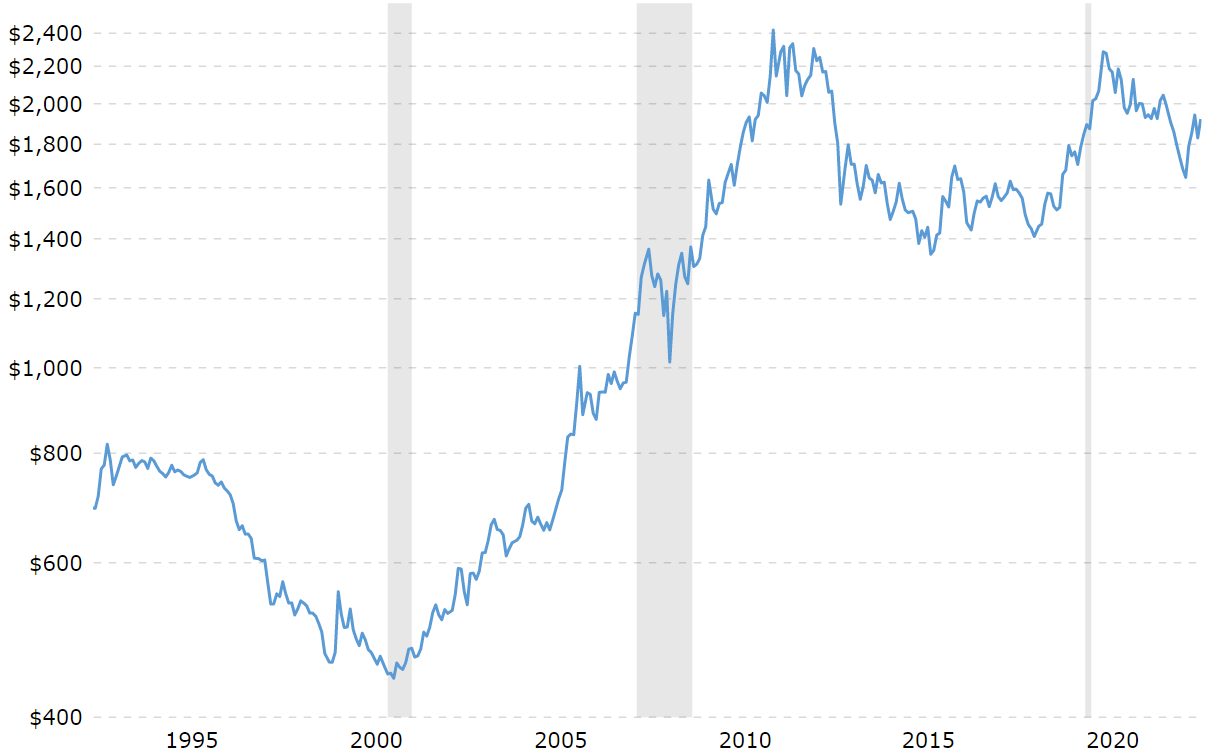Is gold actually useful?
Is gold actually useful?
It’s been used as a symbol of prestige and authority for thousands of years. The earliest coins minted by a central bank were made from gold. It has applications in electronics, dentistry, aerospace and medical industries.
Demand for gold as a decorative item hasn’t waned since the time of Ancient Egypt.
But given most gold is just hoarded in the vaults of central banks, is it actually useful?
More than half a century has passed since the United States moved away from the gold standard, where currency was backed by gold reserves. Today, not a single country uses the gold standard (although many central banks hold large reserves of the metal).
Gold is certainly valuable. Just one teaspoon of the precious metal is currently worth around $12,000.
The gold price in Australian dollars has just reached an all-time high, driven by fears of another collapse in the global banking system.
In the modern era, gold has enjoyed a reputation as a safe haven in troubled times. Whether it deserves that reputation is a subject of endless analysis and debate, but there’s one thing most people agree on, and that’s demand for gold isn’t likely to disappear anytime soon.
So, it’s hardly surprising that investors are eyeing off Australia. Australia has 8,400 tonnes of unmined gold reserves, more than any other country. Last year, Australia produced around 320 tonnes of gold, meaning those reserves are likely to last a very long time given exploration for new mines is ramping up.
Newmont, the world’s largest gold miner, already has operations in Australia – Boddington in Western Australia and the remote Tanami mine in the Northern Territory. Now, Newmont wants a bigger slice of the pie, making an unsolicited bid to buy Australia’s largest gold miner, Newcrest.
Newmont has offered more than $24 billion for the Australian company, but Newcrest has said “no,” holding out for a higher bid.
There are other Australian gold mining companies of course, including Northern Star Resources (worth $13 billion) and Evolution Mining ($5.6 billion).
Buying shares in gold mining companies is often seen as an alternative to buying the metal itself – in theory, if the gold price rises, the value of shares in gold miners should rise as well, and it’s arguably safer than keeping some gold ingots in your sock drawer.
Of course, both the price of gold, and gold mining companies, goes up and down. Those who argue gold is a good investment point to price appreciation over the very long term, and its performance during economic recessions.
The chart below1 shows the performance of the gold price over 30 years (in US dollars). The price is adjusted for inflation, so we can see how the real purchasing power of the metal has changed over time.

The underlying value of gold has more than doubled in three decades, which provides some evidence that its role of a hedge against inflation is working.
The grey bars represent economic recessions, and unlike some asset classes like shares, gold has maintained or increased in value during those recessions.
But some of the investment appeal is diminished by the fact gold produces no income, and needs to be securely stored.
There’s another investment option with the same shortfalls that some believe to be a viable alternative to gold as an alternative store of wealth – Bitcoin.
Like gold, Bitcoin produces no income. And although keeping stores of physical gold safe can be a challenge, the recent history of fraud, hacking and the failure of cryptocurrency exchanges make Bitcoin a risky proposition for many as well.
For the moment at least, gold looks like keeping its crown as the best store of wealth in troubled times.
This article contains factual information only and is not intended to be general or personal financial advice, and is for educational purposes only.





